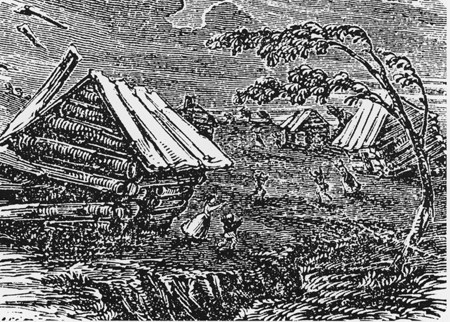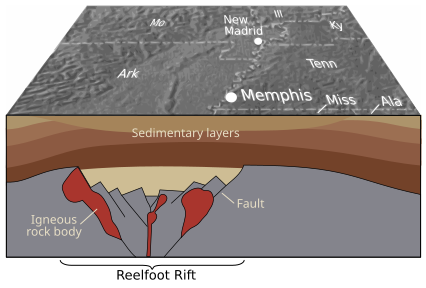Foram detetadas "pequenas deformações no solo, que no início da semana não existiam", na zona da ilha de São Jorge "onde estão a ocorrer mais sismos". A revelação é feita à CNN Portugal por Nuno Dias, especialista em sismologia e professor no ISEL (Instituto Superior de Engenharia de Lisboa), e Pedro Terrinha, geólogo e investigador do IPMA.
Nuno Dias aponta que, nesta altura, a tendência dos sinais parece caminhar para “o lado da erupção”, mas ainda é cedo para ter a certeza. Os próximos dias serão determinantes.
São estas deformações no solo, juntamente com o mau tempo esperado na região para esta sexta-feira e sábado, que terão levado as autoridades a optar por
retirar a população das fajãs do concelho das Velas, na
ilha de São Jorge.
Pedro Terrinha confirmou à CNN Portugal que as equipas que estão “a monitorizar a deformação crustal encontraram alguma modificação no terreno”. Ou seja, foram detetadas “deformações localizadas numa zona específica da ilha, que é a zona onde estão a ocorrer mais sismos”, conclui. Mas ainda é cedo para saber ao certo o significado desta descoberta.
De resto, segundo Pedro Terrinha, o elevado nível de “sismicidade continua a acontecer, na mesma zona, com a mesma magnitude baixa e a mesma profundidade”. Nas últimas horas, não houve aumento da atividade sísmica, nem em quantidade, nem em intensidade.
Nuno Dias está a coordenar uma equipa no terreno, ligada ao Instituto D. Luís, que está "a instalar estações sísmicas temporárias". A chuva não está a facilitar a instalação das mesmas, mas já estão a recolher alguns dados e mais irão ser recolhidos.
O que significam estas fraturas nas rochas?
Que o magma que se movimenta por baixo da terra está a fazer pressão. “É como a rolha de uma garrafa. O gás faz pressão para a rolha saltar”, explica Nuno Dias.
No início da semana, não tinha sido detetada nenhuma alteração nos solos e agora a situação parece ter-se alterado ligeiramente. Todavia, Nuno Dias explica que as fraturas "não têm um sinal claro de magma” e estão ainda a grande profundidade, por isso, “o perigo não é iminente”.
Será possível prever o aumento do perigo?
Para tal, “é preciso juntar vários indicadores” e só “tudo conjugado” poderá dar lugar a um alerta.
“Quando se evolui para uma erupção, há uma altura em que a situação evolui mais rápido”, mas “nunca menos de um, dois dias ou algumas horas”. Facto que dará tempo às autoridades para lançar um alerta à população.
Por norma, “também poderá haver um sismo mais forte, que antecederá uma erupção”. Nunca “será de grande intensidade”, mas “em terra, um sismo de magnitude 4 já causa estragos”.
E quais são esses sinais?“Uma maior atividade sísmica, com maior intensidade; mais e maiores deformações no solo, com sinal de magma e o aumento da emissão de gases”, explica este especialista. Nuno Dias acredita que as fraturas detetadas levaram as autoridades a pedir a
retirada de alguma população e justifica: “Peca-se por excesso, mas é melhor” quando há vidas em risco.
“Os próximos dois/três dias” vão ser determinantes “para se perceber melhor para que lado a situação vai pender”, no entanto, a tendência dos sinais parece caminhar para “o lado da erupção”, assume este sismólogo.
Mesmo assim, a natureza pode ser surpreendente, e é num instante que as certezas desaparecem. “Neste momento, os valores de emissão de gases estão no nível habitual”. Não houve aumento, por exemplo, “do CO2”, que seria um sinal de maior atividade vulcânica.
Este fenómeno sísmico é normal?Segundo Nuno Dias, o que se está a passar
“não é normal” e, desde domingo, que todos os especialistas da área estão a comunicar entre si. Todos querem enviar equipas e material, porque é importante estudar estes fenómenos. E ainda falta algumas equipas chegarem ao terreno.
Nuno Dias descreve a ilha de São Jorge "como um conjunto de pequenos vulcões que formam uma língua de terra”.
Esta região, dos Açores, está “numa junção tripla de placas”, o que a torna propícia a sismos. “É a junção da placa europeia, africana e americana”.
Apesar da região estar a viver uma situação semelhante ao que aconteceu em
La Palma, nas Canárias, a sequência de eventos não tem de ser igual.















